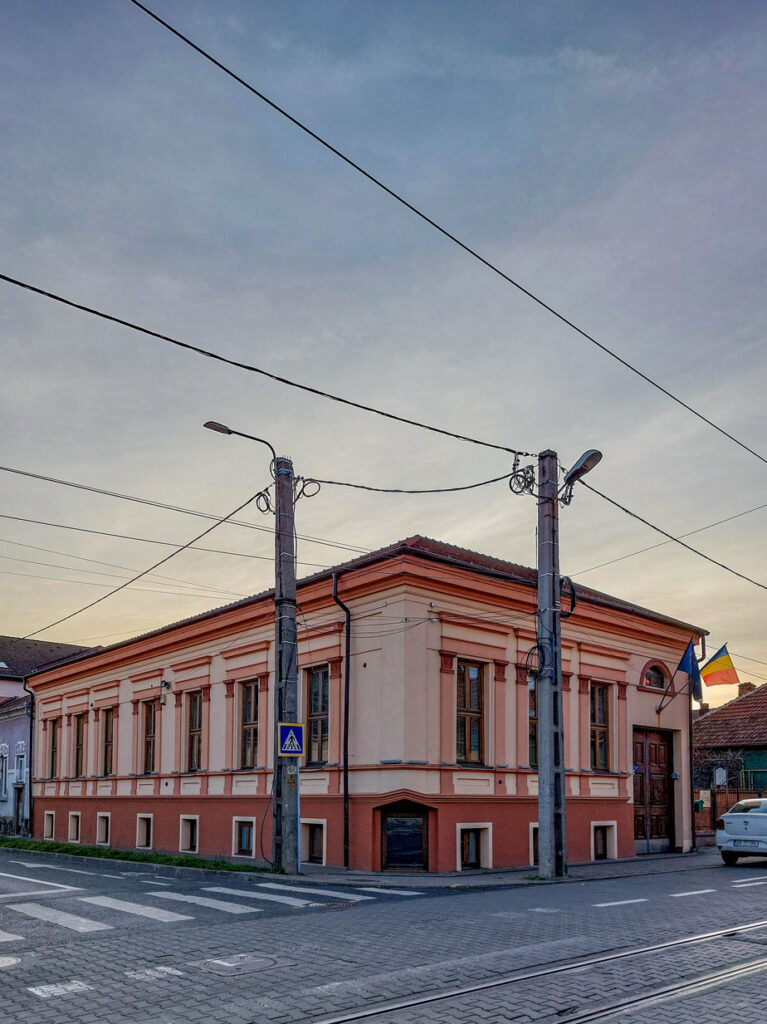
Address: 13 Preparandiei Street, 310102
Dates from: The building dates from the end of the 18th century, while theschool was established in 1812.
Architectural style: Empire
Current role: museum
Can be visited: yes
Contact: +40 770 271 505
Other sights in the area: St. Peter and St. Paul’s Serbian Orthodox Church (1702)
This building was home to the first Romanian pedagogical school in the entire Romanian-speaking area and one of the first institutions in Europe dedicated to training teachers.
At the time, there were no Romanian-language schools in the whole of Transylvania, while education was conducted mainly in the Hungarian and Serbian languages. The establishment of a Romanian pedagogical institution represented a crucial moment.
From its very beginning, it was not designed to be a regional or local school, but a national institution, and so a great number of the most prominent Romanian intellectuals of the time gravitated around it.
In the first year, 78 students enrolled, coming from Arad but also from other neighbouring counties. After graduating, they went on to become educators in their communities. Four teachers held the courses: Dimitrie Țichindeal, Iosif Iorgovici, Constantin Diaconovici Loga, and Ioan Mihuț. In addition to teachers, the school also provided instruction for priests until 1822, when the Arad Theological Institute was established.
The building itself was owned by Sava Arsici, the city captain. After a few years, convinced by the excellent results, Arsici decided to donate the building to headmaster Dimitrie Țichindeal.
In 1815, Țichindeal was dismissed from his office, being accused of nationalism after supporting the appointment of a Romanian priest as Bishop of Arad, instead of a Serbian one.
Over the following decades, the school held an essential role in preparing many generations of teachers and supporting the use of Romanian as a national and official language. The legacy of Preparandia is carried on by a highschool bearing its name, while the original building is home to a thematic museum dedicated to the first Romanian pedagogical school.
